Károly Szalóky is a real old-fashioned gentleman: the founder and owner of the Várfok Gallery is a fan not only of works of art but also of pétanque, among other things—he was the one who introduced the popular French ball game in Hungary. There are several unique objects hiding in Károly’s pocket, such as a beautifully crafted bubble-stirring device, which is sure to appear during exhibition openings and when champagne is being served. Let’s see!
Do you consider yourself an object-collector type, or rather a minimalist?
If I want to be honest, I would say I stand somewhere in the middle. There are certain objects I collect, these can even be called artifacts. However, I don’t really accumulate anything else, but I don’t get rid of what gets close to my heart, so practically, it will be a part of my collection. This includes an object that has been a part of my life since I was a child. I had a metal toy, a copper piggy, which I got from my parents when I was four—I don’t really know why I loved it, but it was made with such high sophistication that it could almost be considered an artwork. I estimate it may have been made sometime towards the end of the nineteenth century and was originally painted pink. Not only do I collect various artifacts from my work, but as a private person, I would not be able to exist without this passion.
Do you have a special item in your possession that you would never get rid of? Tell us about it!
This “never” is a difficult word. It is already very difficult for me to get rid of the artifacts themselves. I’ve been a professional gallerist for thirty-one years—I can count on one hand how many works I’ve sold from my own collection during that time, in all cases out of coercion. I usually regretted it: sometimes I sold something, but then I bought it back.
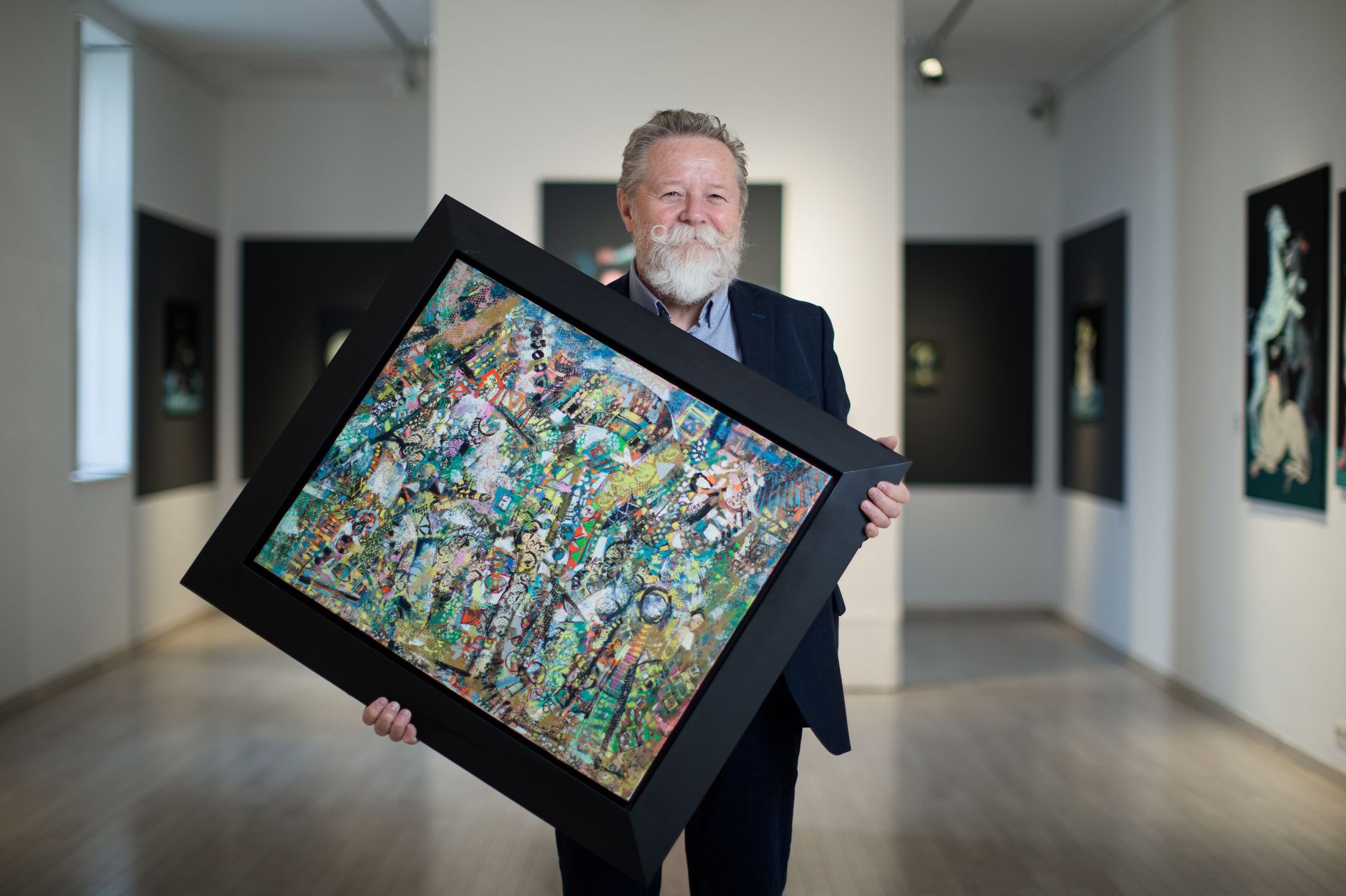
Considering my original profession, I am a cultural manager. In the eighties, we traveled to France on a youth exchange, and then I was surprised to see people “throwing balls there.” The cultural manager came out of me and I thought: how nice it would be if this game could replace the bowling here at home. I have to make a detour here: before the war, and even in the sixties and seventies, everyone was bowling in the villages. I’m not saying that social differences between people playing together have disappeared, but as a way for people to communicate, the bowling was perfect. These bowling alleys then went bust. Pétanque, on the other hand, doesn’t need a track, but it can provide the same sense of togetherness—in fact, since it’s not fixed, it can operate anywhere and has no maintenance costs at all.
So, then there I bought a newspaper in France called Pétanque, and with the help of my French-speaking friends, I wrote a letter that I wanted to introduce this game in Hungary. Then all of a sudden my phone rang… Later, a friend of mine who had defected to France—and worked for a ball company—helped promote the game here in Hungary. Thus, we founded the first Hungarian pétanque club and later the Hungarian Federation of Pétanque.
I bought my own set in France: OBUT, one of the largest ball companies, made a set with my name on it. I have several sets anyway, but this one is the closest to my heart because we used this when we first traveled to France.
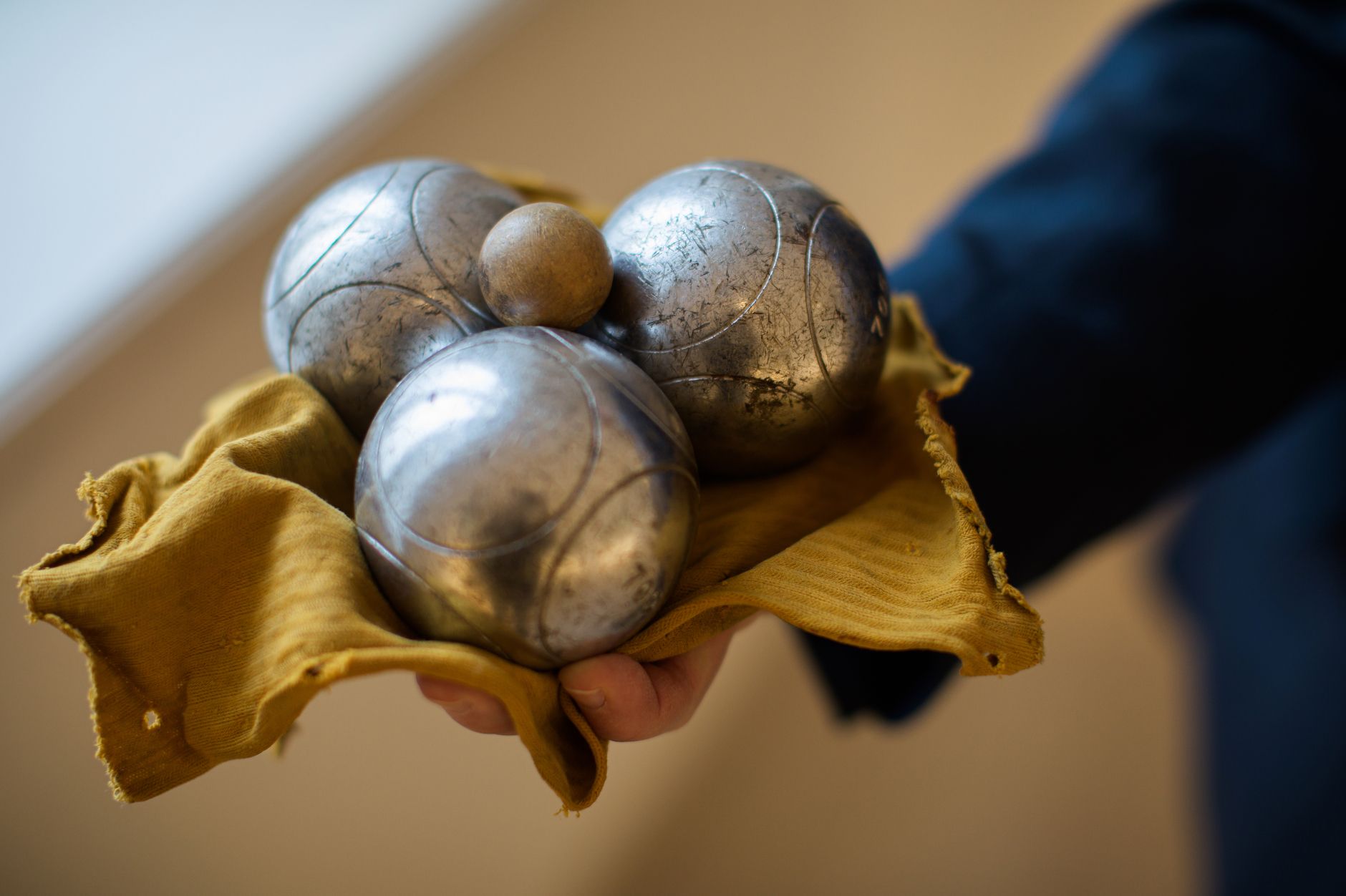
This painting by Endre Rozsda is very important to me: it was the first painting by the artist that came into my possession. Again, a little detour: Endre Rozsda had a big exhibition at the Kunsthalle in 1998, which can actually be seen as his big comeback since he had been living in France for a very long time then. I had a nice acquaintance who really wanted me to start working with Rozsda, but I was a little scared of him. He was well over eighty at the time, and I found it hard to bring myself to it, but I thought he was such a fantastic artist that then, as a young gallerist—the gallery was only nine years old—yet I convinced myself and visited him. We came to terms in two days. But it wasn’t easy; we were sizing each other up for a long time.
When we made the first exhibition for him in 1999, which was opened by Péter Esterházy—the gallery was even smaller then—it was a great success, everyone from the profession was here. Rozsda then said to me, “You’re very talented, very honest, and if you were just half as talented, I’d still work with you!”. It was a fantastic recognition for me. In fact, the memory of this encounter, of our first joint exhibition, is preserved in this picture entitled “Időközben” (Meanwhile—free translation), which I have kept ever since as a precious and important piece in my collection (Endre Rozsda: “Időközben”, oil on canvas, 64×65 cm—the Ed.). This painting was also on display, but I didn’t really want to sell it: I wanted it to be mine, and it did.
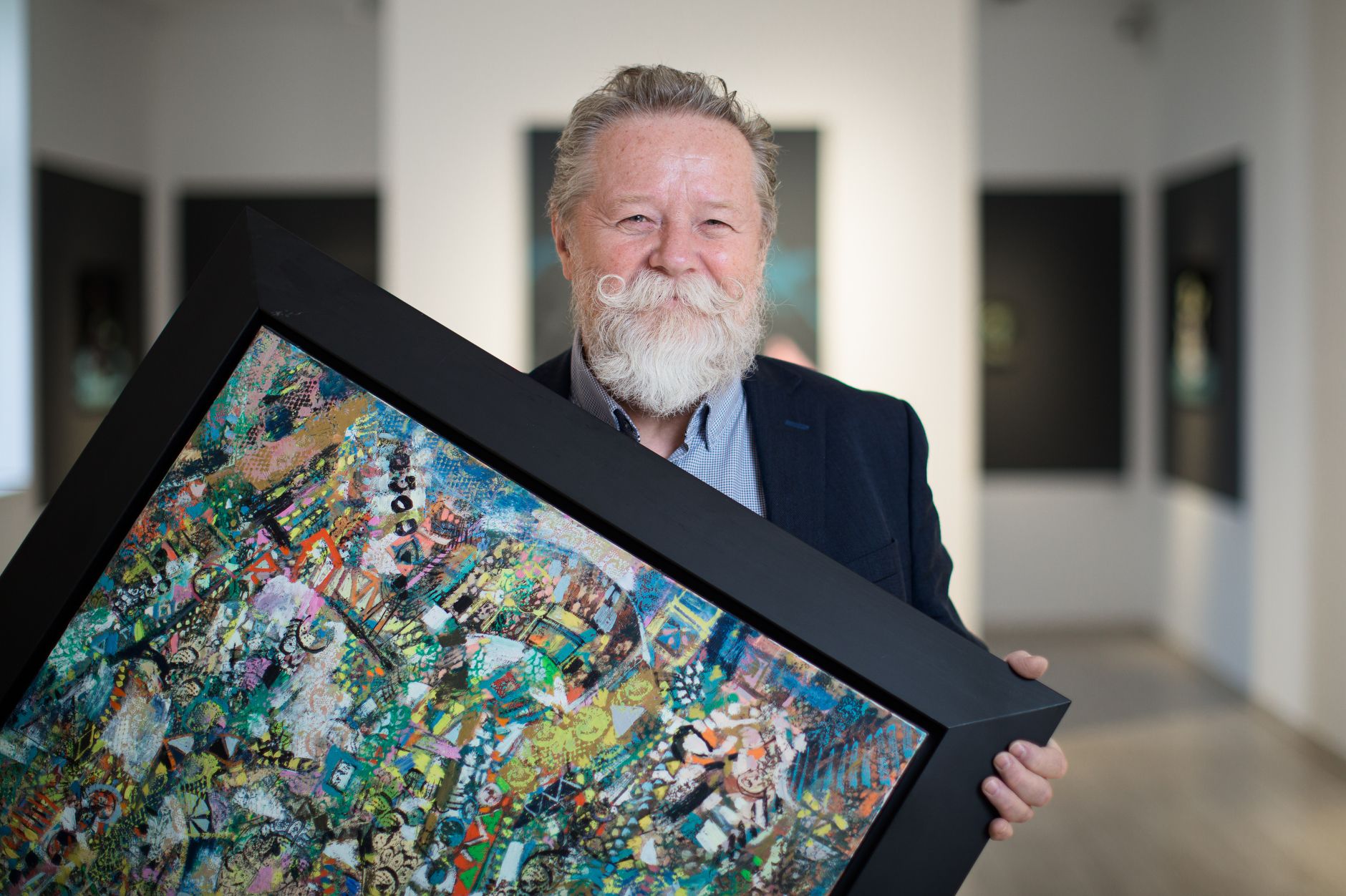
A lot goes on in a person when they connect with an artifact: I used to say that we don’t actually sell images, but love affairs. As a gallerist, your goal would be to give that good painting to someone else, and for the artist also to love and miss it—both you and the artist should feel heartbroken when that good painting is sold. At the same time, you also feel like you don’t want it to get out of your sight. Well, that’s what a gallerist is pondering about!
What is the object (or objects) you always have with you, that you never leave home without?
I’m a person with a beard, a mustache, and there are certain things that are always with me—some of which are linked to a particular theme; this happens to be the beard. Sure, there are times when one doesn’t put a bone mustache comb in a bathing suit for obvious reasons, but in all other cases, this item is always in my pocket. If I remember correctly, I bought it from a bone carver somewhere in Pécs.
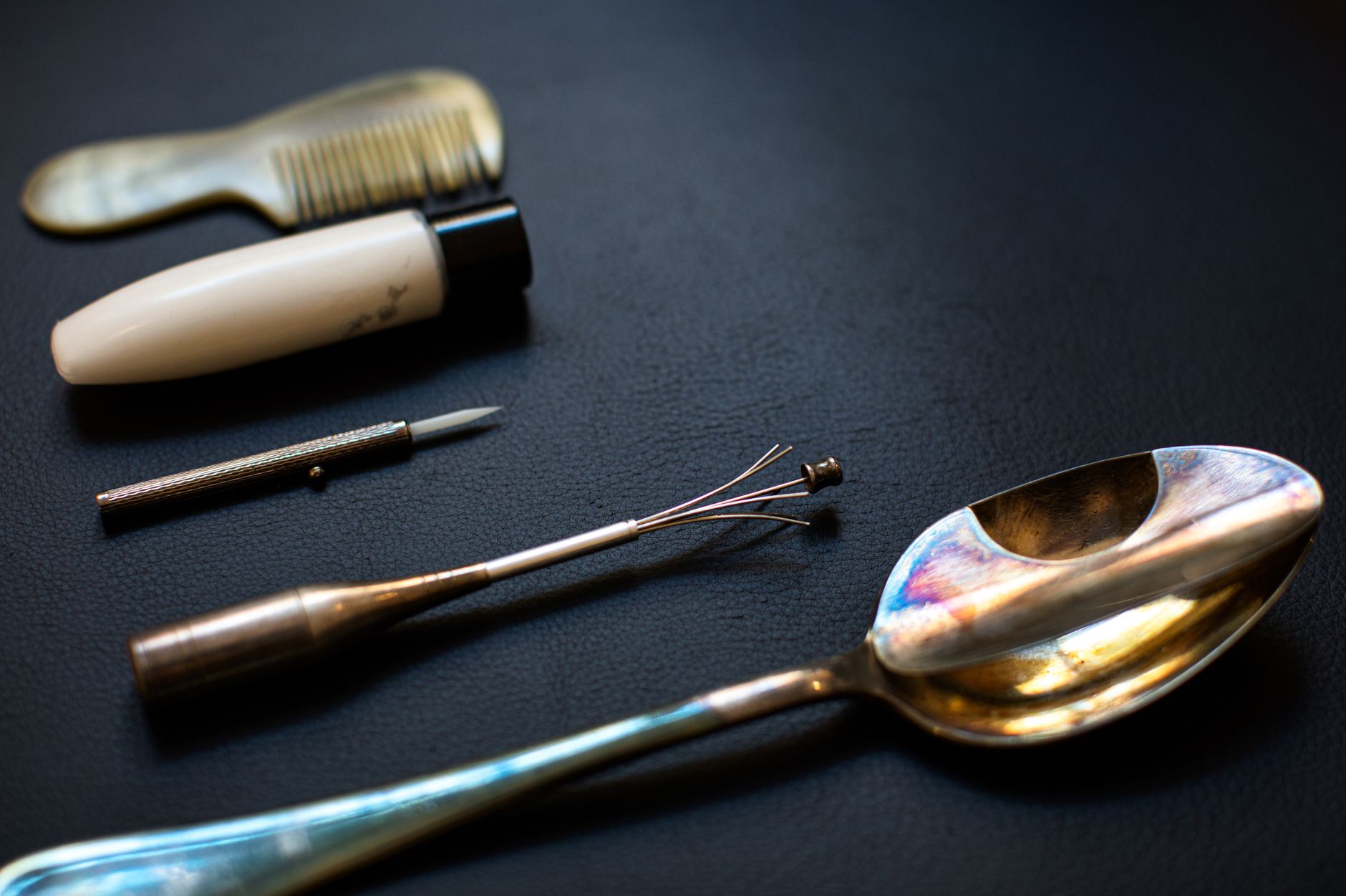
Also, what I always have with me is a silver toothpick—an extendable, very aesthetic piece—and a small bottle-like device (also made of silver) that you can use to remove the bubbles from the champagne. Well, without them, I would be a one-armed giant! And there’s one more thing here, it’s also strangely tied to the mustache: it’s a spoon that lets you eat soup so that a significant portion of it doesn’t end up in your mustache, but in your mouth. I’ve been to a restaurant with the spoon before, but I don’t always carry it with me, rather just to draw attention to the advances in technology. I got this spoon from my wife, I’ve had it for about twenty to twenty-five years.
If you could save an object in a time capsule for the next generation, what would it be?
Maybe I’d take that little piggy. (he laughs)
Photos: Balázs Mohai
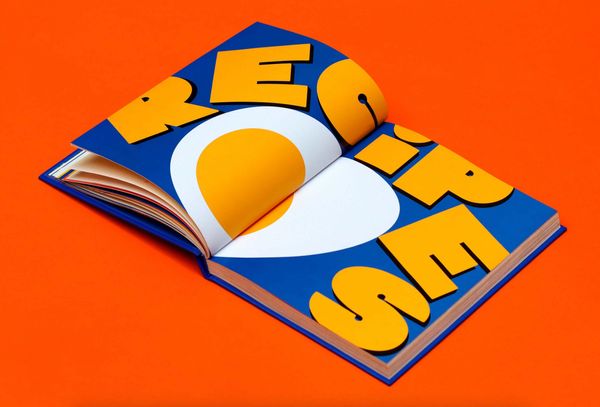
HIGHLIGHTS | Gastronomy wrapped in graphics
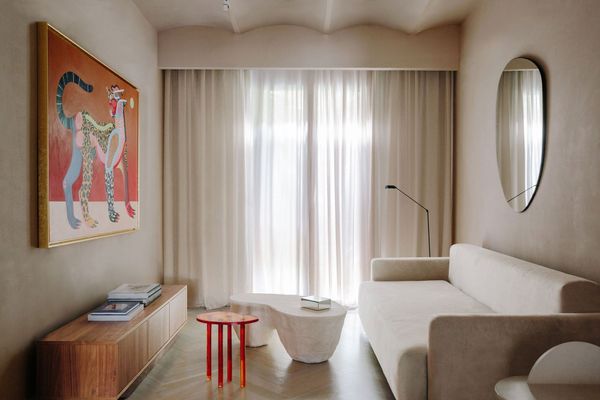
Favorite interiors of the week_82










